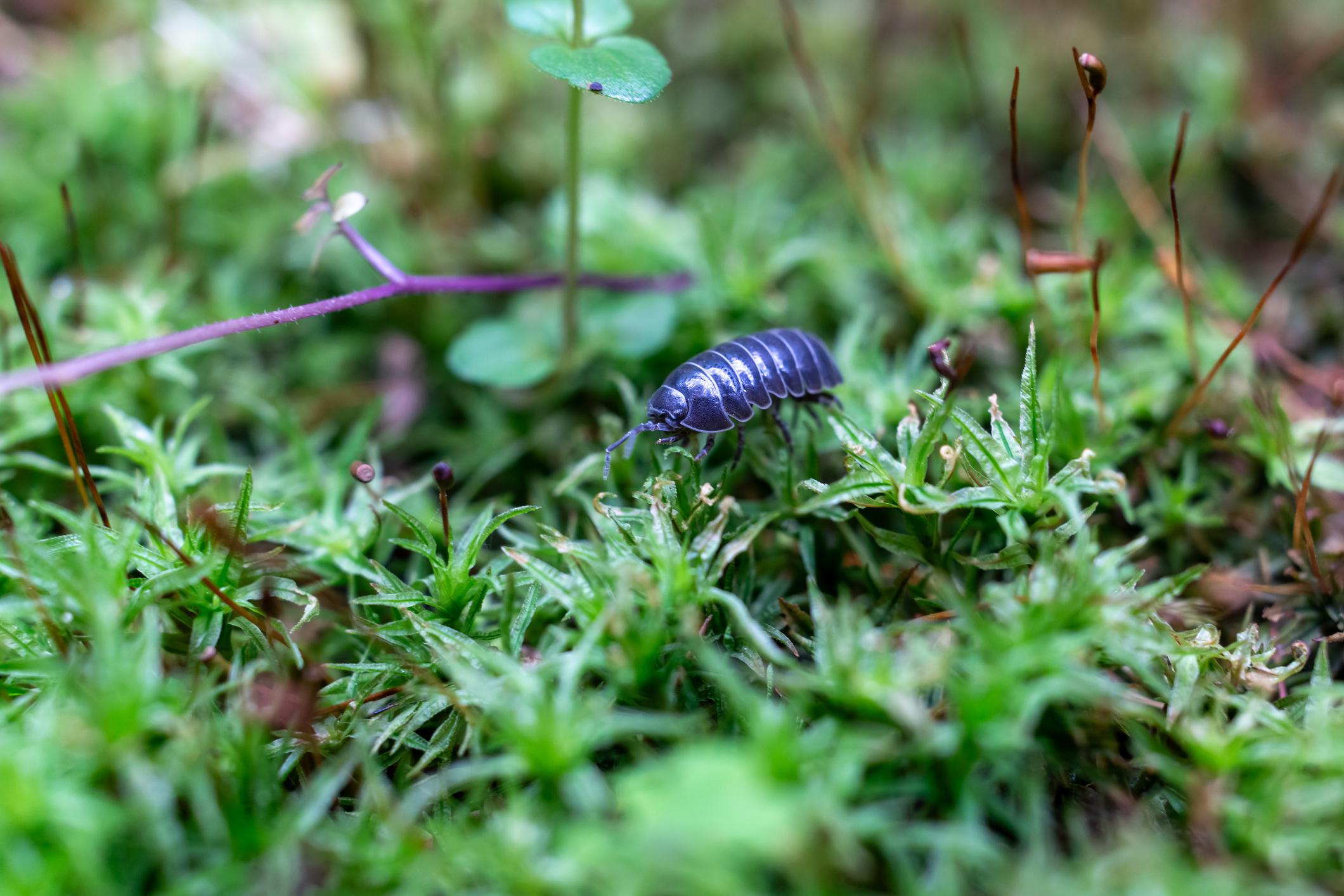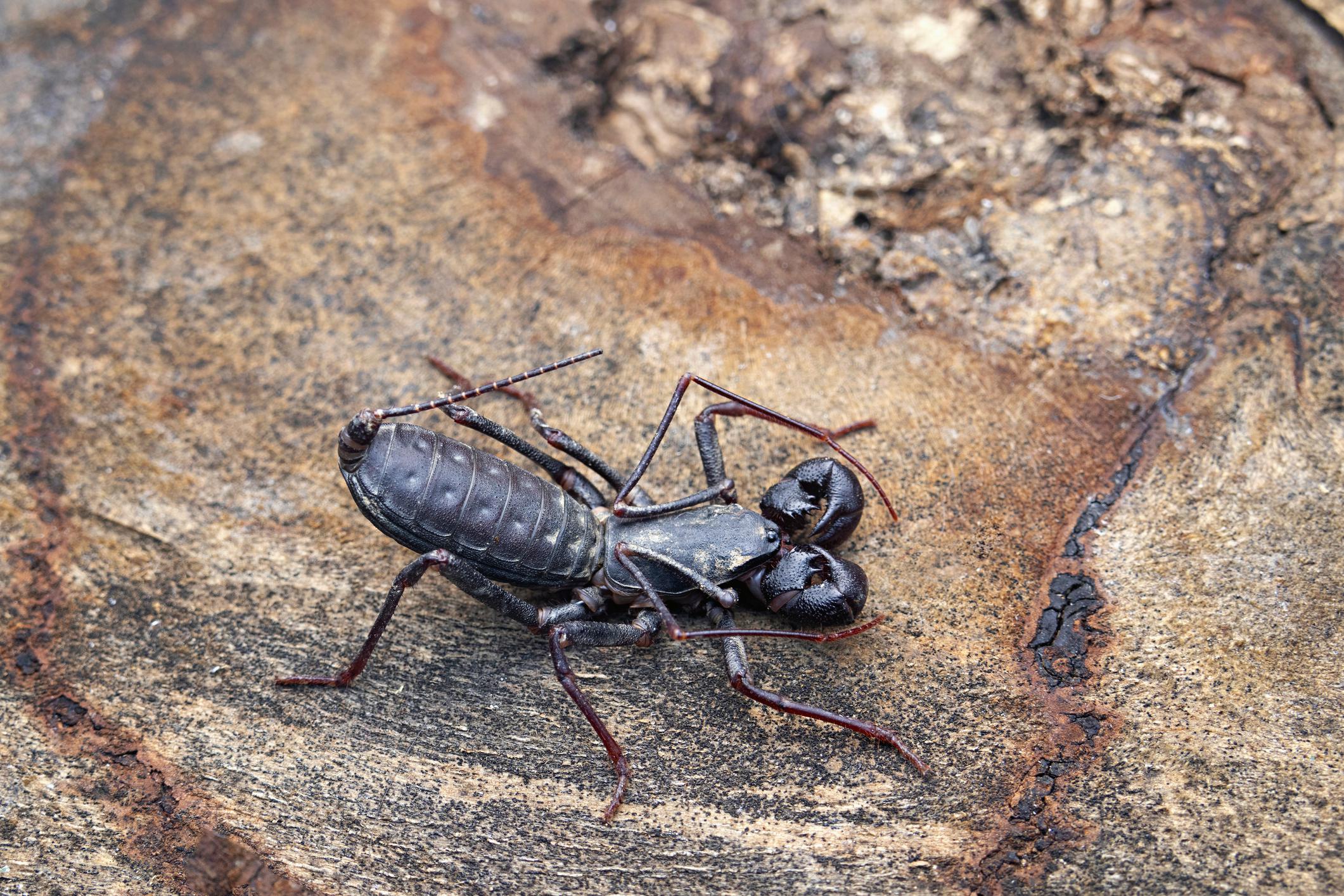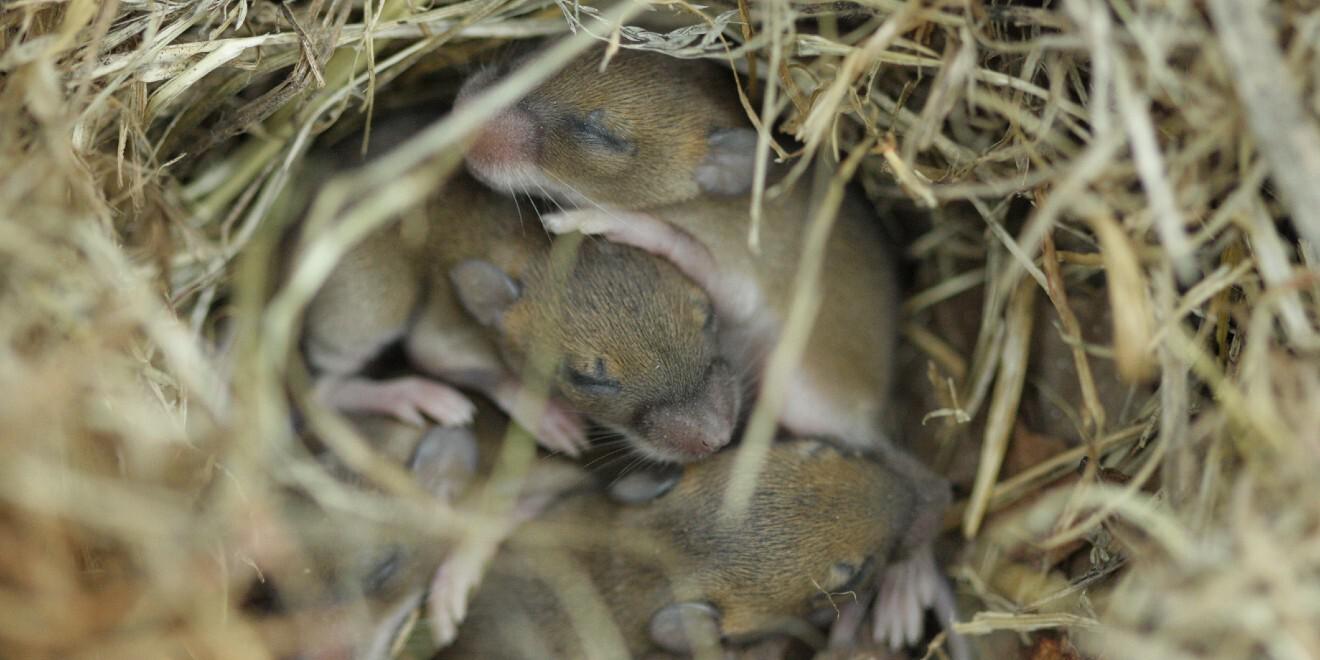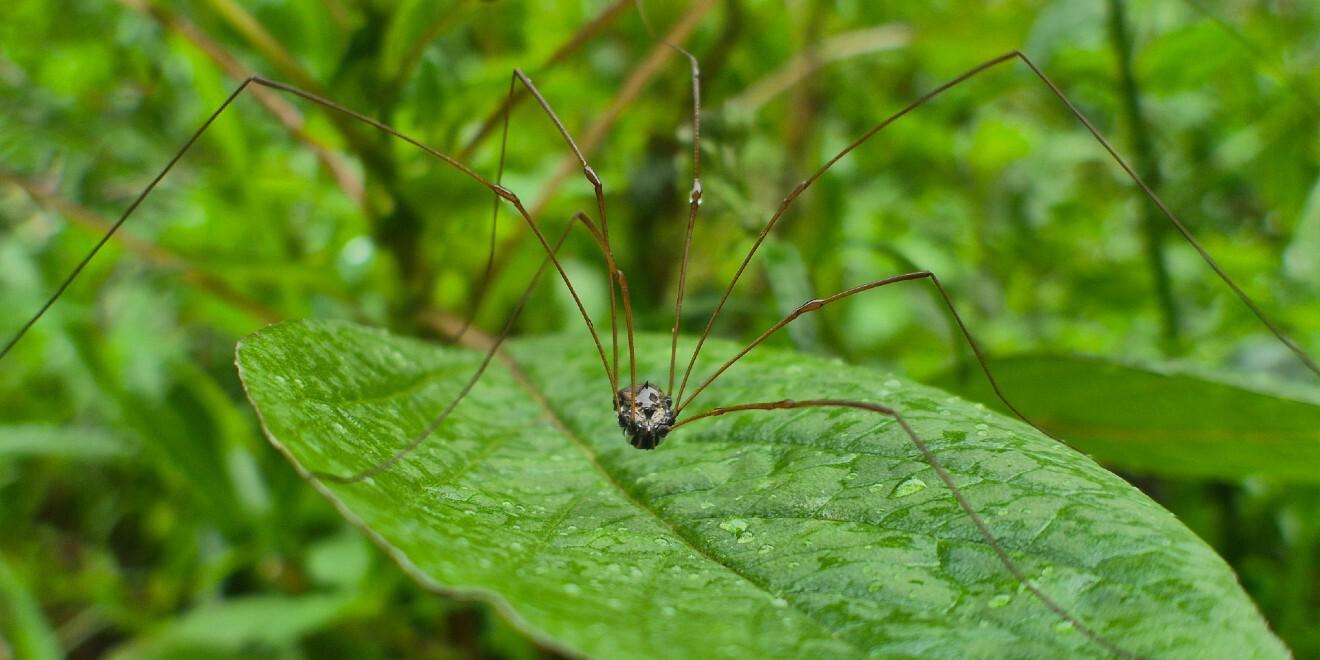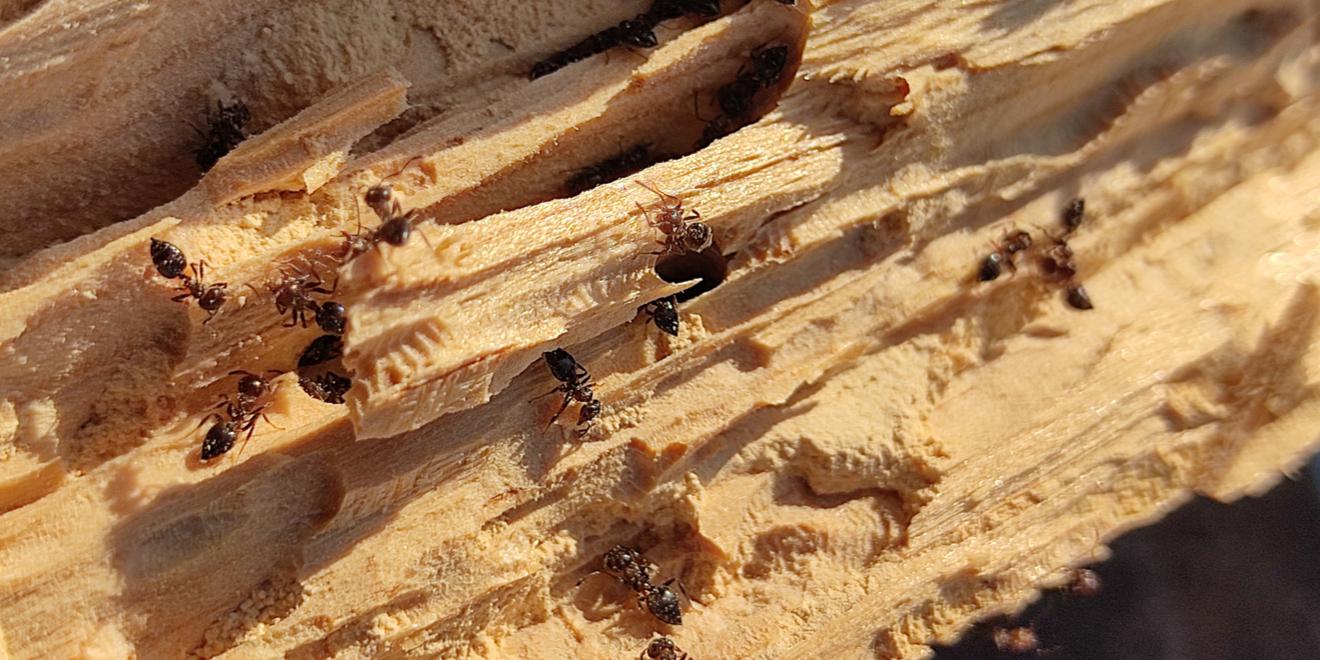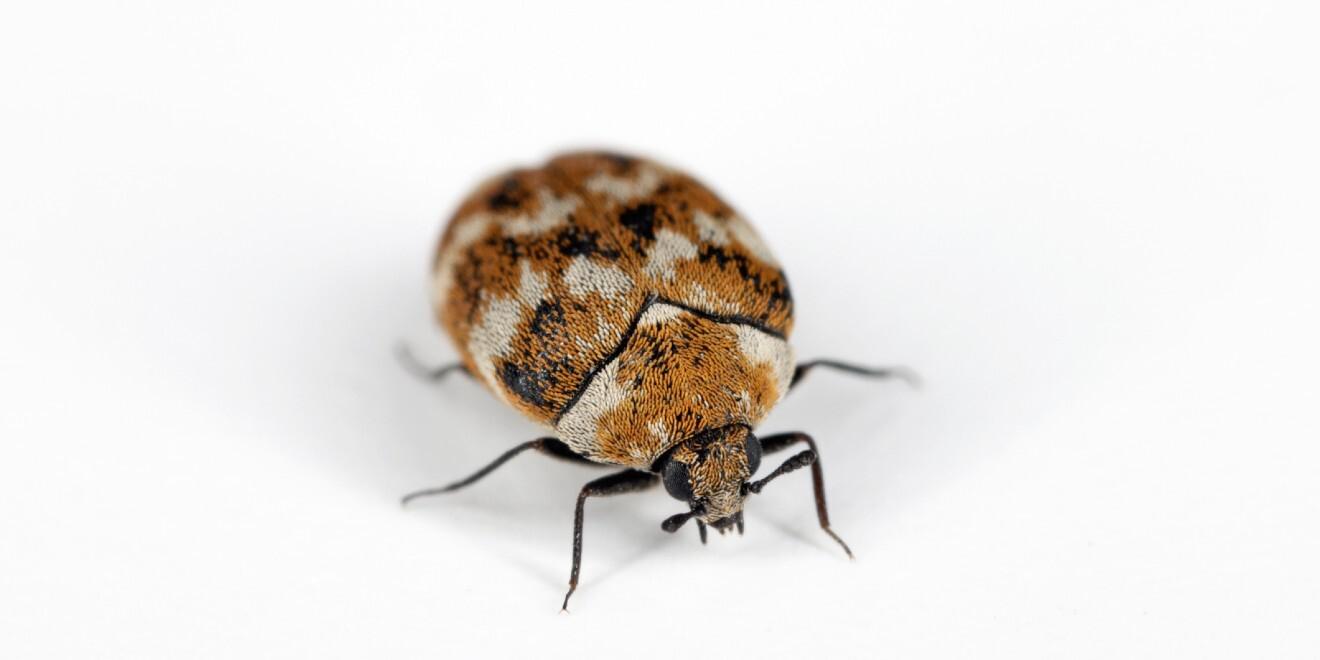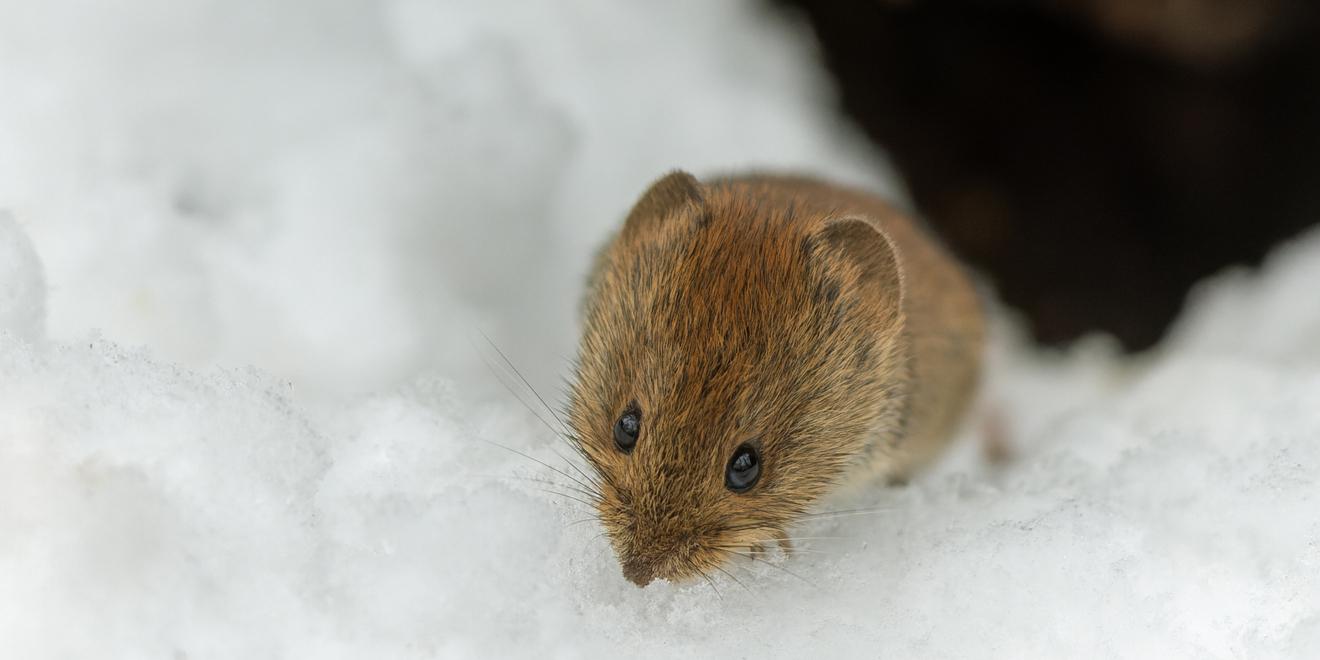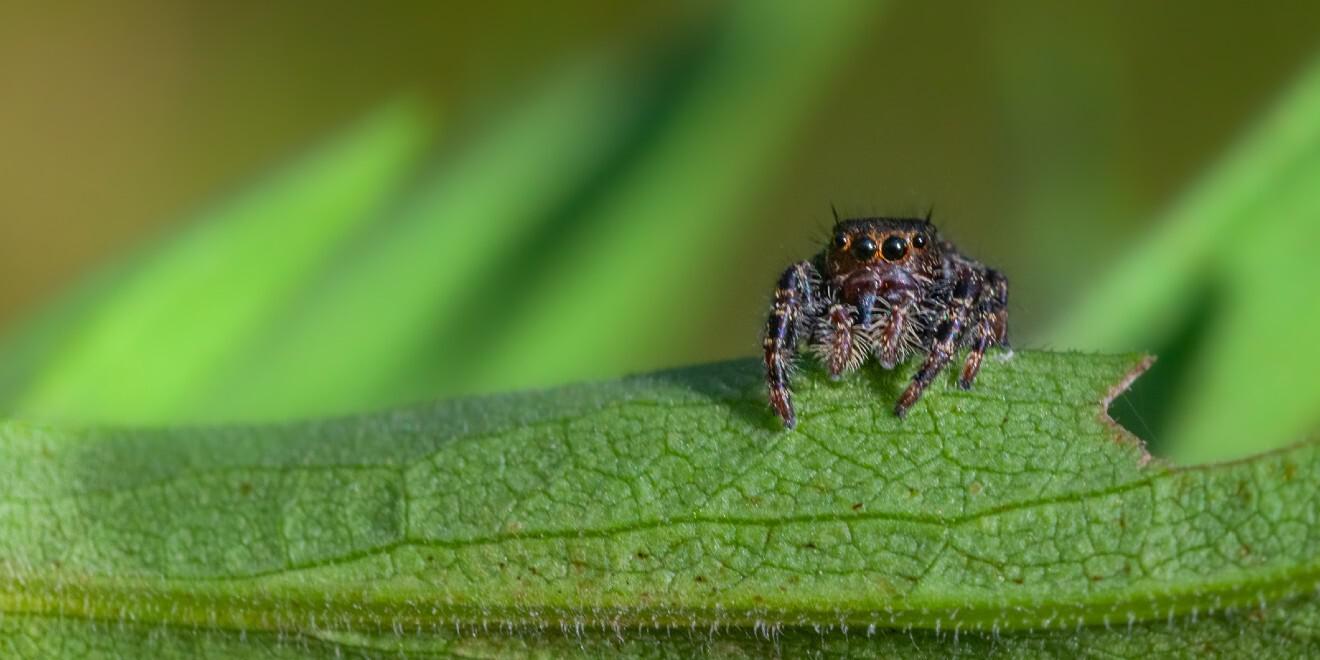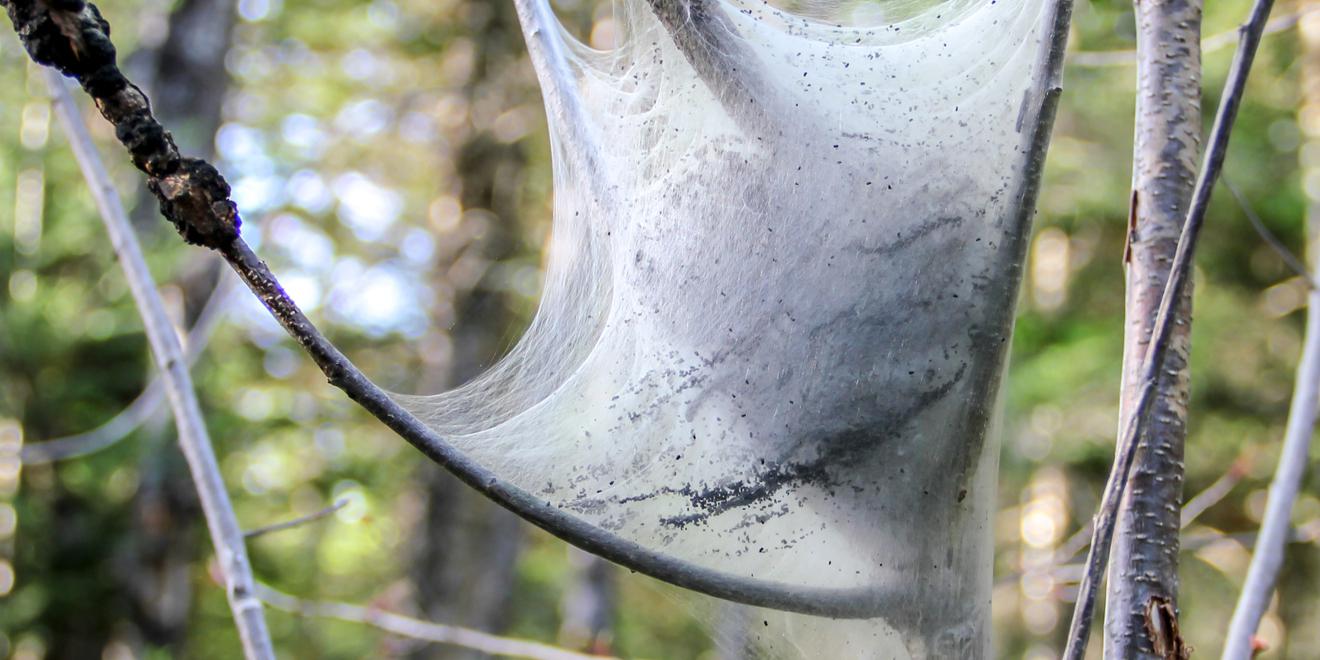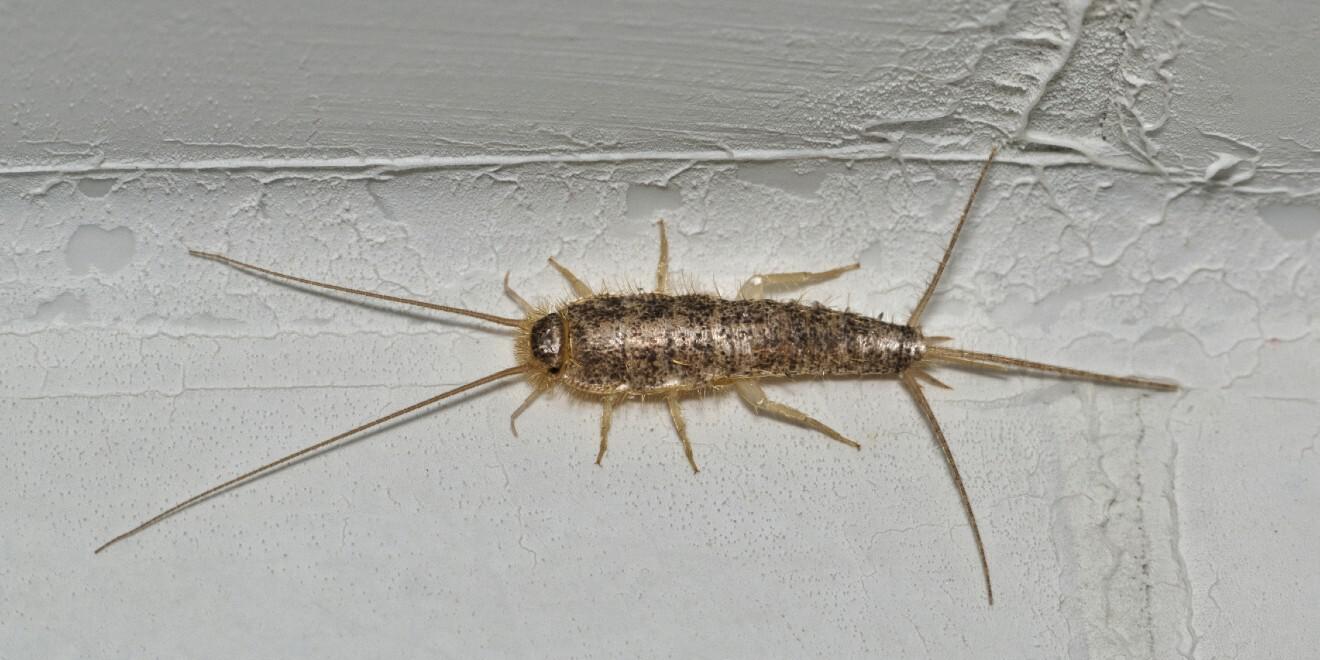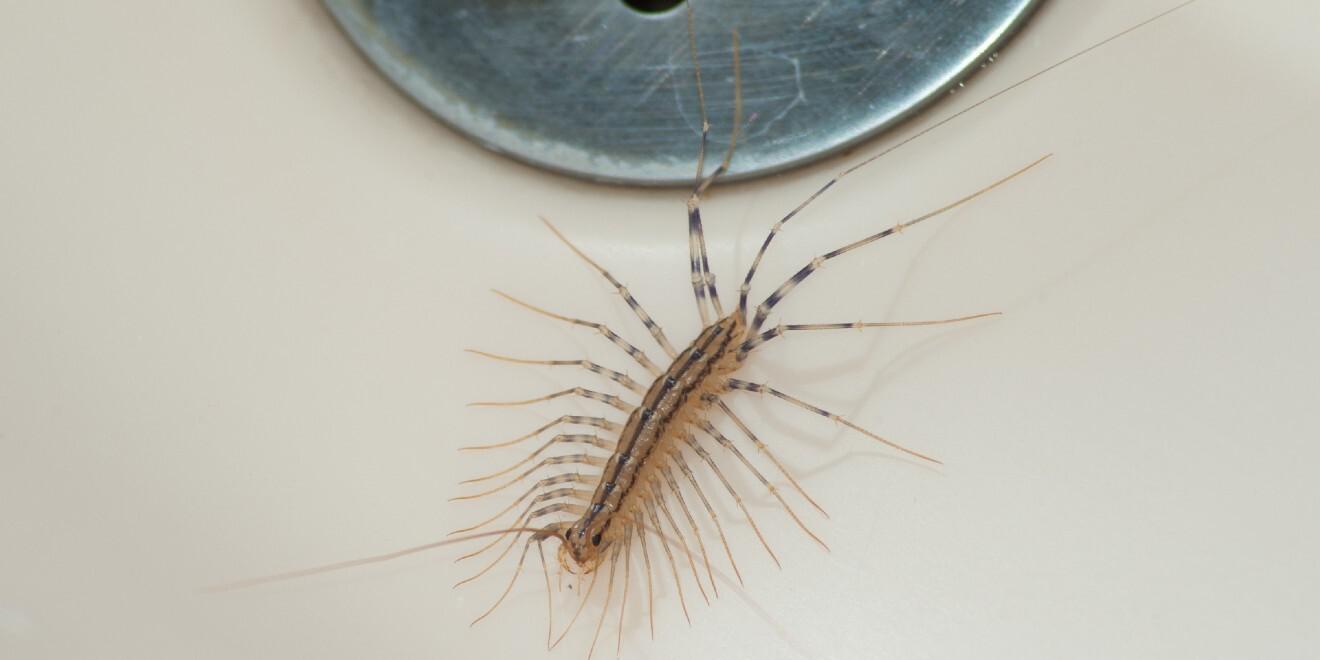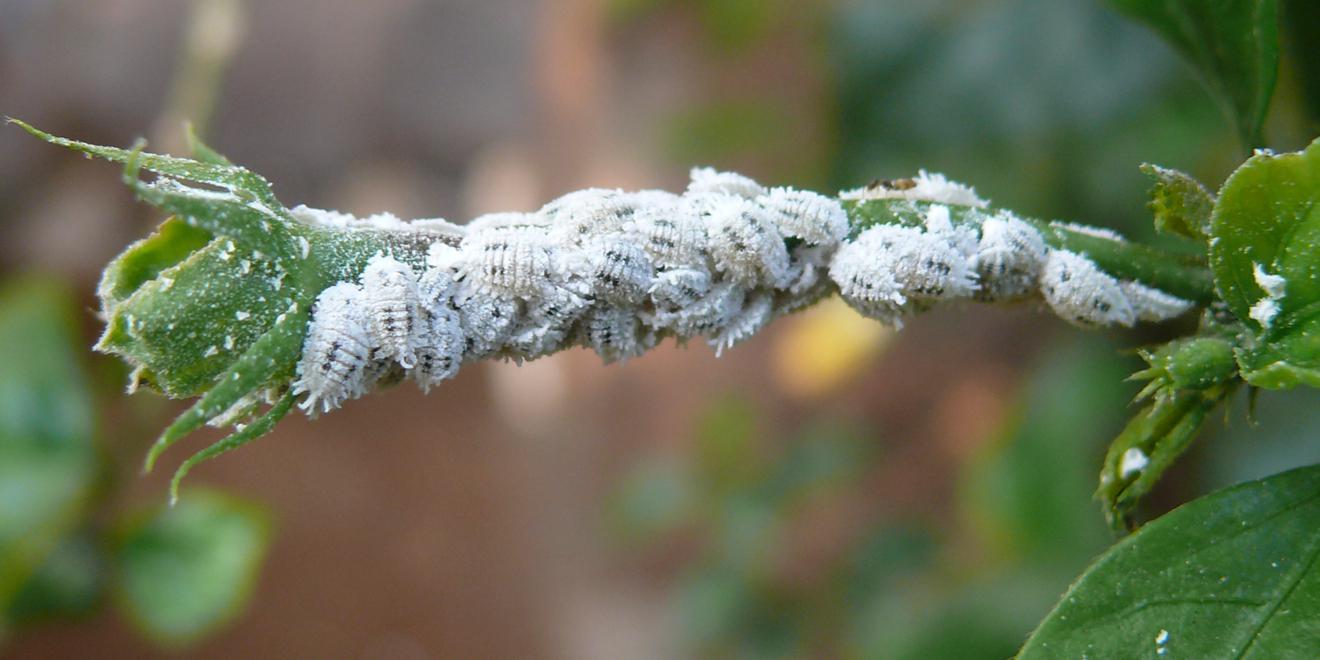What's the Deal with Lone Star Ticks in East Denver?
Posted by Mosquito Squad
August 1, 2025
The lone star tick has gained national attention recently thanks to its association with Alpha-Gal Syndrome (AGS), a health condition that results in a serious allergy to red meat and other mammal-based products. While lone star ticks are not yet a major issue in Colorado, they have occasionally been spotted here, usually introduced by wildlife or migratory birds. The habitat of lone star ticks is slowly expanding, so it’s a good idea to stay informed as much as possible.
What Is the Lone Star Tick?
The lone star tick is hard to miss once you know what to look for. Their name comes from the single white dot on the back of the female of the species. These ticks are reddish-brown in color and relatively small, though they grow larger after feeding.
What Makes the Lone Star Tick Different?
Lone star ticks are not like other tick species, not least because they are both fast and aggressive. Rather than waiting passively for a host, as most species do, these actively seek out potential hosts. Another thing that sets them apart is that humans and other large mammals are their preferred source of food. They are typically found in wooded areas, dense shrubs, and tall grasses.
Why Should I Be Concerned About Lone Star Ticks?
The biggest concern around this species is its connection to Alpha-Gal Syndrome. AGS triggers a delayed allergic reaction in infected individuals, who may not experience symptoms until several hours after eating red meat or dairy. This delayed reaction makes it difficult to diagnose the condition. Symptoms can vary, from skin irritation and stomach distress to severe reactions like anaphylaxis. Once diagnosed, those affected must follow strict dietary guidelines to avoid further health risks.
AGS is not the only health risk associated with the species. Lone star ticks have also been linked to both ehrlichiosis and tularemia. Ehrlichiosis is a bacterial infection that causes flu-like symptoms such as fever, fatigue, and muscle aches. Tularemia is another bacterial disease, and it causes swollen glands, skin ulcers, and fever. Both diseases can impact both humans and animals.
Are There Lone Star Ticks in East Denver?
While the lone star tick hasn’t yet become a major problem for East Denver or the surrounding areas, it’s important to be aware of the possibility of that changing in the coming years. This is in part due to changes in climate and animal migration patterns, which make it easier for these pests to spread. So far, lone star ticks are considered occasional visitors to Colorado, but even that should be enough to warrant attention, especially for those who hike, garden, or otherwise spend extended time outdoors.
What About Other Ticks in East Denver?
Even if lone star ticks aren’t quite an issue yet for East Denver, there are other tick species present in the area.
One species of concern is the Rocky Mountain wood tick. This species is the vector for Colorado Tick Fever, a virus unique to the state that causes fever, fatigue, and body aches.
East Denver residents should also be on the lookout for deer ticks, which spread Lyme disease, as well as the American dog tick, which is associated with tularemia.
How Do I Fight Back Against Ticks?
If you’re looking for tick control in East Denver, Mosquito Squad is here to deliver. Our tick control treatments address ticks throughout all their life stages, from larva to adult. Each treatment is applied directly to tick hotspots in order to yield the best results. Regular treatments through our subscription service will help you and your family stay protected throughout the year!
Turn to Mosquito Squad for East Denver Tick Control Today!
Get started today by giving us a call at (720) 500-8064 or filling out our online contact form!


